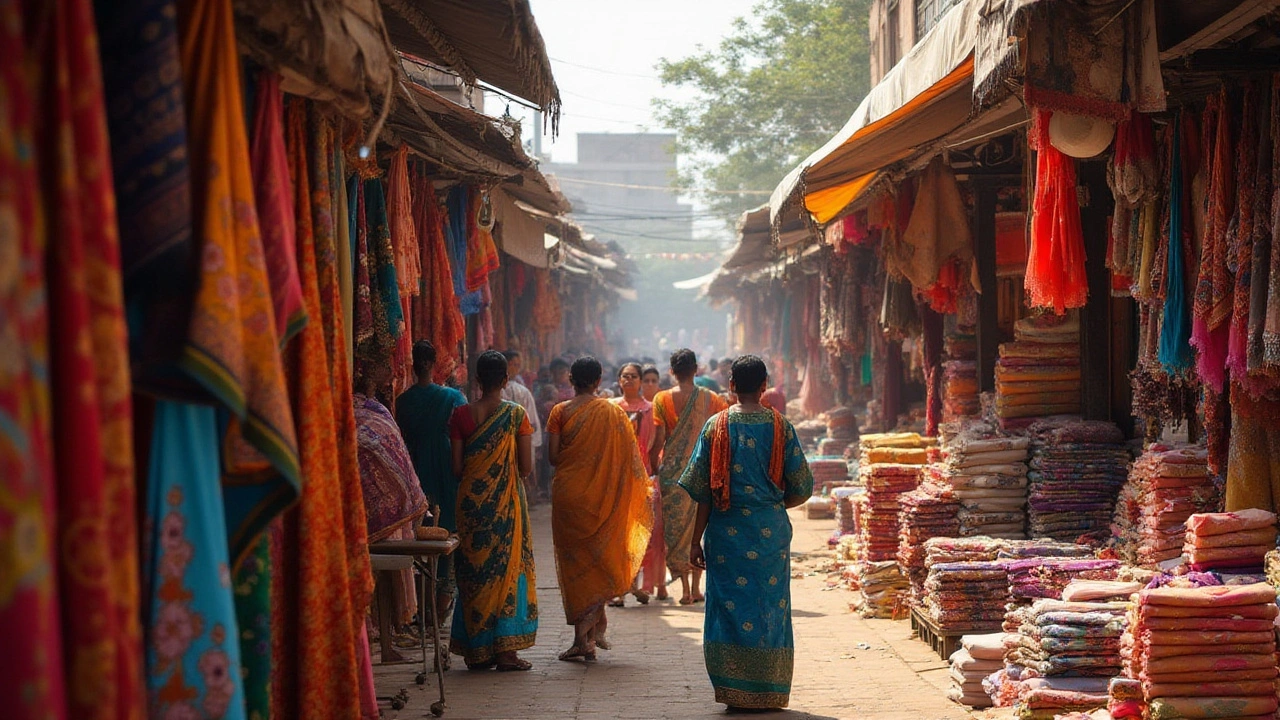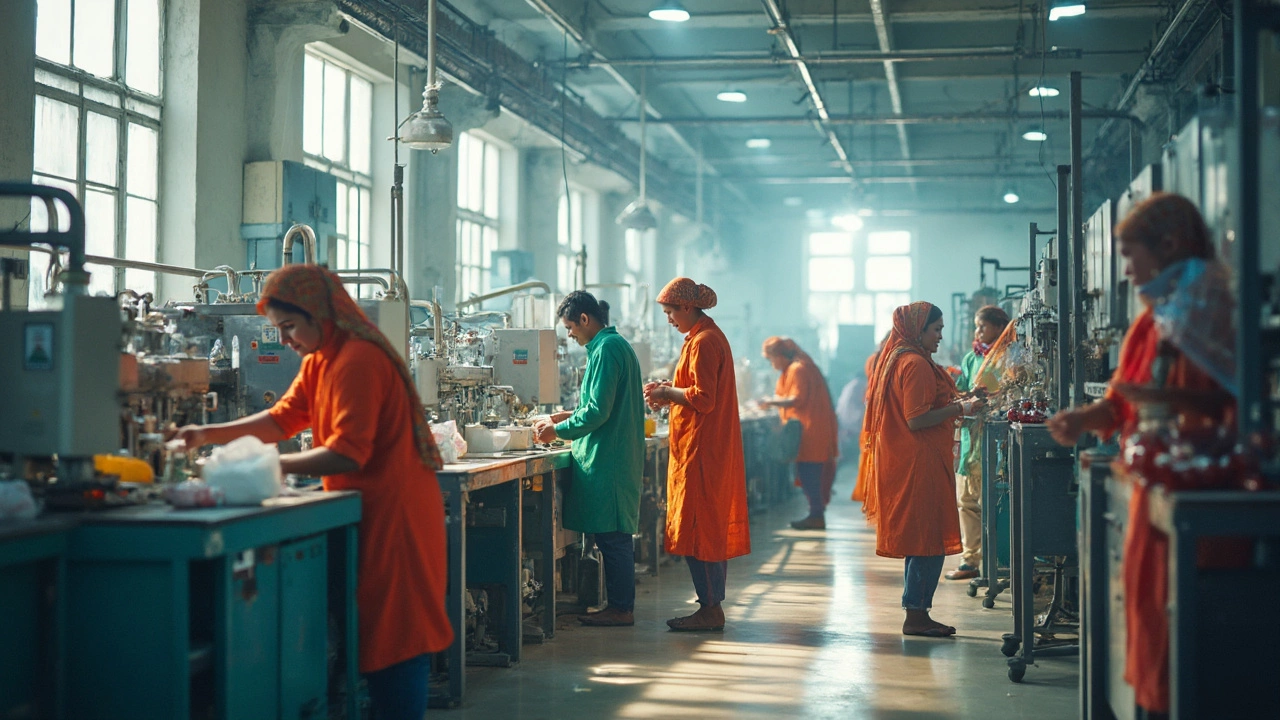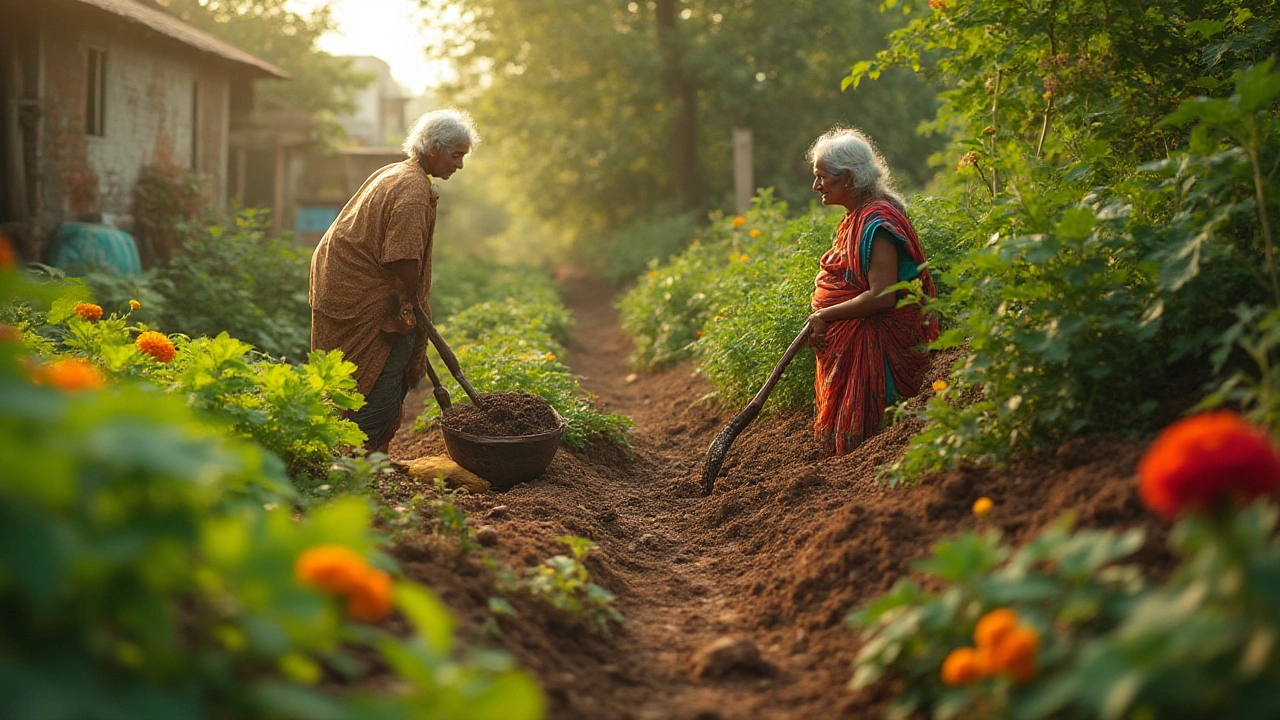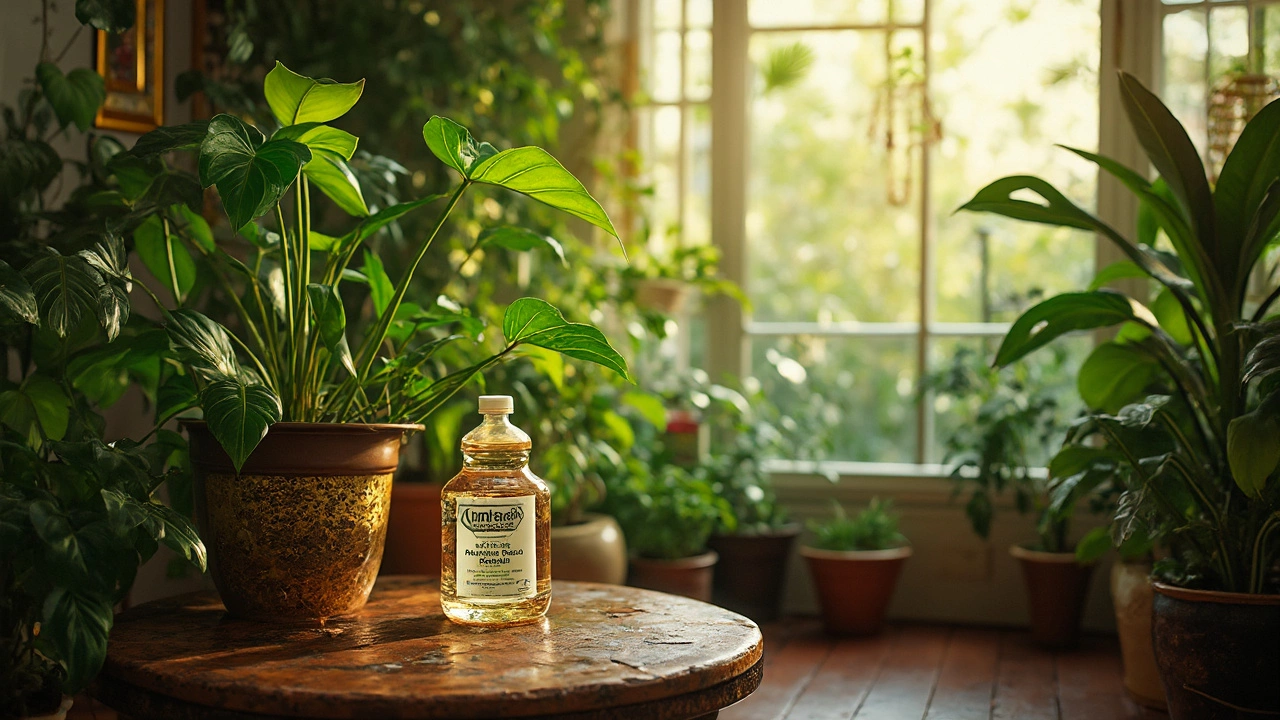Indian Textiles Market: Trends, Heritage & Opportunities
When exploring Indian textiles market, the vast network of mills, artisans, designers, and retailers that produce everything from hand‑woven sarees to high‑tech synthetic fabrics across the country. Also known as India’s garment sector, it powers a multibillion‑dollar economy and employs millions of people in both rural villages and urban factories. The market generates over $150 billion in revenue each year and accounts for roughly 15 % of India’s total industrial output. Indian textiles market is more than a buzzword – it’s a living system that blends centuries‑old craft with modern production lines, reacts to global fashion shifts, and shapes livelihoods across the subcontinent. Understanding its size, key players, and growth drivers helps investors, policymakers, and fabric lovers see why this sector matters today and tomorrow.
Core pillars that shape the market
The backbone of the market is the cotton industry, India’s top fiber source that accounts for roughly 25 % of global cotton output and feeds both traditional handloom and large‑scale garment manufacturers. In the 2023‑24 season, cotton production crossed 38 million tonnes, feeding more than 200 million meters of fabric. This industry fuels the textile supply chain, meaning the Indian textiles market depends on cotton yields, price stability, and quality improvements. When rains are erratic or global prices spike, manufacturers scramble to adjust inventories, highlighting how cotton directly influences market confidence. Another pillar is the collection of fabric heritage states, regions like Gujarat, Tamil Nadu, West Bengal, and Uttar Pradesh where centuries‑old weaving techniques and unique yarns define local identity. Gujarat’s bandhani prints, Tamil Nadu’s Kanchipuram silks, and West Bengal’s Jamdani muslin each command premium prices on the global stage. These states supply specialty fabrics that keep cultural narratives alive and attract high‑end fashion brands looking for authentic Indian craftsmanship. Together, they illustrate the semantic triple: Indian textiles market relies on cotton industry and includes fabric heritage states.
Modern pressures push the sector toward sustainable textile practices, efforts such as water‑saving dyeing, organic cotton cultivation, and circular recycling that reduce environmental impact while meeting consumer demand for eco‑friendly products. The government’s “Textiles for Sustainable Development” initiative set a target to cut water usage in dyeing units by 30 % by 2027, prompting factories to adopt low‑liquor technologies and closed‑loop systems. Adopting these practices is essential because the market faces stricter regulations and a rapidly growing segment of green‑conscious buyers, especially in Europe and North America. Additionally, the broader manufacturing impact, the way textile factories influence local economies, job creation, and community welfare cannot be ignored. A single mid‑size garment unit can provide 200 direct jobs and generate ancillary income for nearby transport, logistics, and retail services. Studies show that every rupee spent in textile manufacturing creates roughly 2.5 rupees of economic activity in surrounding villages. The sector’s future hinges on balancing profit with responsibility – a clear semantic triple: Indian textiles market requires sustainable textile practices and shapes manufacturing impact. Below, you’ll find a curated set of articles that dive deeper into everything from state‑wise fabric heritage to the latest trends in eco‑friendly production, giving you practical insights, real‑world examples, and actionable advice to navigate this dynamic market.
Is India Set for a Textile Industry Revival?
The textile industry in India has long been a significant player in the global market, with its deep-rooted history and vast diversity in fabric production. In recent times, India has been poised for a resurgence in the textile sector, thanks to advancements in technology, favorable government policies, and a growing emphasis on sustainable practices. The industry is seeing a push towards modernization and increased global collaborations, creating fresh opportunities and challenges. This analysis explores the factors driving the potential boom in India’s textile sector and its implications for manufacturers and the global market.
- manufacturing
- India
- food processing
- garden tips
- rice cultivation
- government schemes
- balcony garden
- urban gardening
- balcony gardening
- profitable business
- business ideas
- plastic manufacturing
- drip irrigation
- plant care
- steel manufacturing
- sustainable gardening
- startup ideas
- steel industry
- flower gardening
- textile manufacturers






